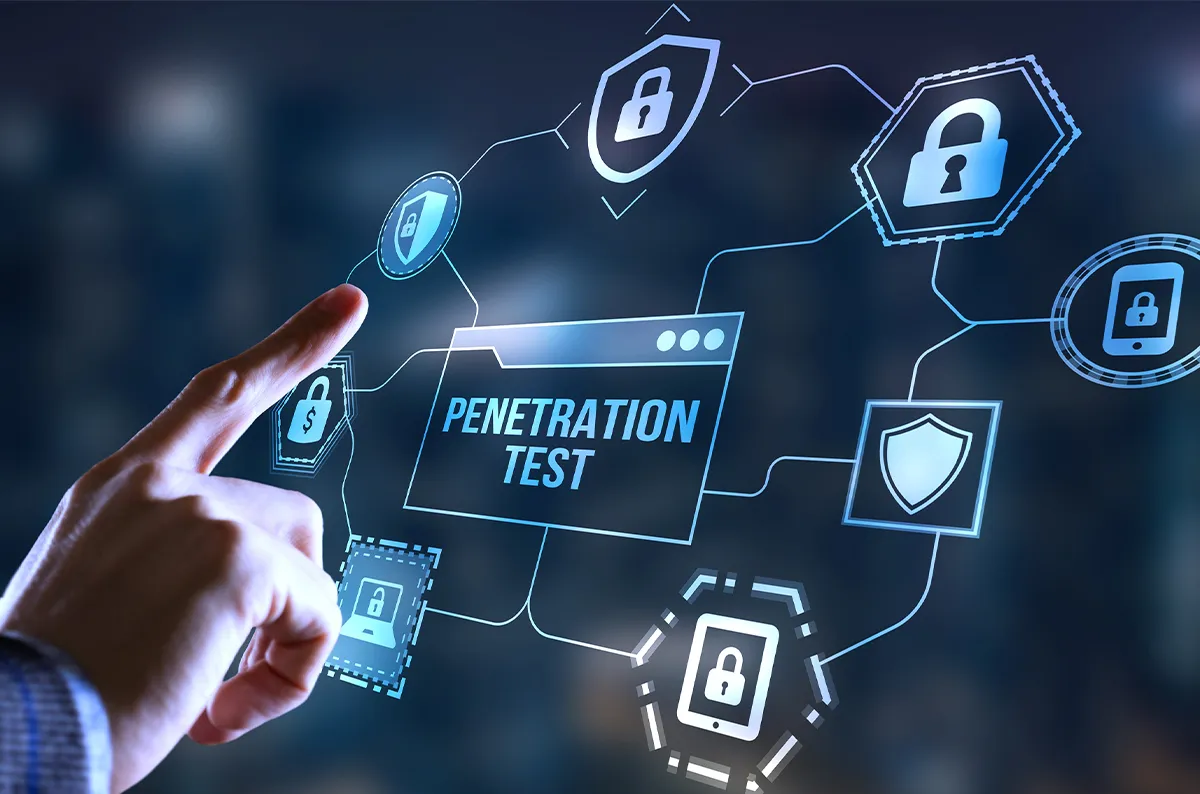One Framework Doesn’t Fit All Threats
While penetration testing is widely adopted across industries, many organizations still rely on generic methodologies that miss the mark. The reality? A penetration test that works for a retail company won't address the operational risks of a hospital, nor will it reflect the fraud logic vulnerabilities in a banking platform.
Tailored pentesting strategies—ones that align with industry-specific infrastructure, compliance, and attacker behavior—are the only way to uncover meaningful threats and build defensible systems. Here's why.
1. Financial Services: Where Pentesting Meets Anti-Fraud Intelligence
The financial sector is a goldmine for attackers. Beyond perimeter breaches, the most devastating attacks often involve:
- Business logic flaws in loan or payment systems
- API abuse on mobile banking or fintech platforms
- Social engineering targeting employees or customers
- Session hijacking and token theft
A relevant pentest here must include both technical exploits and fraud simulations, such as bypassing KYC processes or manipulating transaction flows. Moreover, financial institutions require post-exploitation analysis to test how deeply attackers can move laterally—especially when privileged systems are at stake.
Add to that strict regulatory frameworks (e.g., PCI DSS, ISO 27001, local financial authority audits), and you have a domain where compliance-aware pentesting is non-negotiable.
2. Healthcare: Protecting Lives, Not Just Data
Healthcare organizations face a unique mix of IT and OT risks. The stakes are literally life and death. Common targets include:
- Exposed Electronic Health Records (EHR)
- Insecure medical IoT devices
- Weak access control in hospital systems
- Outdated or unpatched clinical software
A meaningful pentest must include HIPAA-aligned data leakage tests, device-level vulnerabilities, and privilege escalation scenarios that assess what happens if an attacker compromises a nurse’s or doctor’s account.
Additionally, many hospitals use legacy systems for imaging, patient monitoring, and even prescriptions—requiring protocol-specific testing and physical-layer security assessments.
3. E-Commerce and Retail: From Cart to Checkout Vulnerabilities
In the e-commerce space, attackers look beyond the infrastructure—they target the flow of money. Effective pentesting for online retail must cover:
- Cart manipulation and discount abuse
- Broken access controls in customer accounts
- Client-side vulnerabilities (JavaScript injection, DOM-based XSS)
- Payment fraud testing (test card abuse, transaction replay)
Retailers also need to assess infrastructure hygiene, especially when using third-party plugins, embedded chat tools, or analytics SDKs. In-store systems—like POS terminals and inventory platforms—should undergo network segregation testing to prevent lateral access from exposed endpoints.
4. Manufacturing & Industrial: From Cyber to Physical Compromise
Modern manufacturers rely on industrial control systems (ICS) and operational technology (OT). Pentesting here requires:
- Protocol fuzzing for Modbus, BACnet, or proprietary systems
- Simulation of ransomware attacks on production lines
- Testing of air-gapped environments and jump hosts
- Firmware analysis on embedded systems
Threat actors in this space often aim to disrupt production or alter tolerances subtly, which could result in faulty outputs or safety hazards. A meaningful pentest might also include social engineering of floor staff or vendors—especially those with weak security awareness.
5. SaaS and Tech Platforms: Where the App Is the Business
For tech companies, especially SaaS platforms, the attack surface is constantly evolving. Common focus areas include:
- Multi-tenant architecture flaws
- Role-based access control misconfigurations
- Broken object-level authorization (BOLA)
- Insecure CI/CD pipelines
Because uptime and user trust are mission-critical, pentests should simulate zero-day logic attacks, unauthorized data access, and privilege escalation from user to admin—while respecting production safety boundaries.
Advanced teams also benefit from continuous pentesting (as opposed to once-a-year engagements), especially for frequently updated codebases or dynamic APIs.
How to Scope an Industry-Specific Pentest
To make penetration testing truly valuable, scoping needs to go beyond a vulnerability checklist. Ask:
- What are the critical workflows and data types in your industry?
- What regulatory risks or fines are associated with a breach?
- What would an attacker actually try to exploit?
- Which third-party integrations or legacy systems increase exposure?
Involving stakeholders from both security and business units ensures that the pentest focuses on high-impact areas—not just low-hanging tech flaws.
Targeted Testing Drives Real Security
Generic penetration tests may check the box, but they don’t move the needle. Real security comes from tailored testing that reflects the unique risks, user behavior, and threat models within each industry. From hospitals to fintech, manufacturing floors to SaaS apps—your attackers are adapting. Your defense strategies should too.
By investing in industry-specific penetration testing, organizations gain not only compliance but resilience—something every business needs in today’s cyber landscape.

